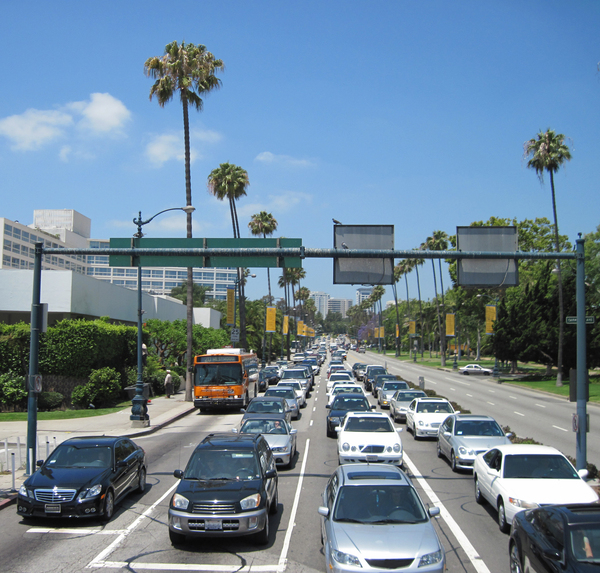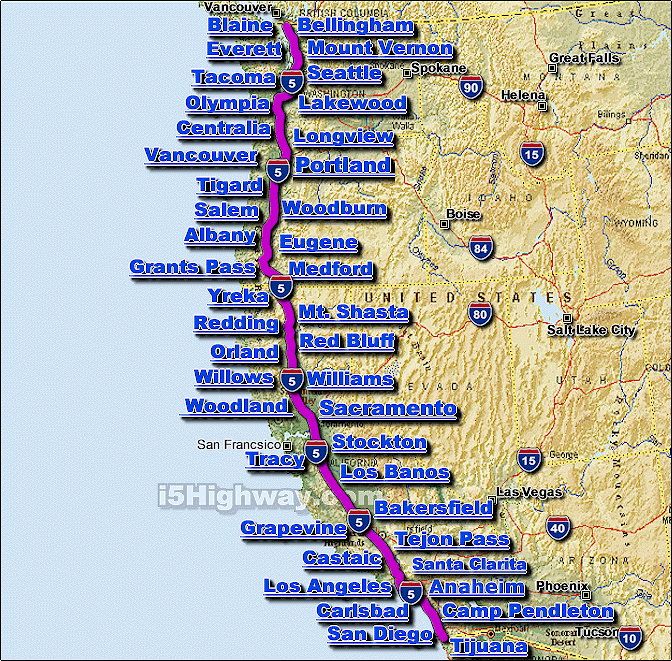
Traffic congestion soon threatened to choke off the region's development altogether. As cars became cheaper and began to fill the region's roads in the 1920s, Pacific Electric lost ridership. While the Southern Pacific-owned Pacific Electric Railway's famous Red Car streetcar lines were the axis of urbanization in Los Angeles during its period of spectacular growth in the 1910s and 1920s, they were unprofitable and increasingly unattractive compared to automobiles. In the minds of Southlanders, this associated the automobile with clean, progressive government, in stark contrast to the railroads' control over the corrupt governments of the Midwest and Northeast. During his successful campaign for governor in 1910, anti-Southern Pacific candidate Hiram Johnson traveled the state by car, which was no small feat at that time. Southern California's romance with the automobile owes in large part to resentment of the Southern Pacific Railroad's tight control over the region's commerce in the late 19th and early 20th centuries. The region is well known for its freeways, and they are considered a cultural touchstone.

The plan hit opposition and funding limitations in the 1970s, and by 2004, only some 61% of the original planned network had been completed.

The Master Plan of Metropolitan Los Angeles Freeways was adopted by the Regional Planning Commission in 1947 and construction began in the early 1950s. The Southern California freeways are a vast network of interconnected freeways in the megaregion of Southern California, serving a population of 23 million people.

Interstate and State Highway System of Southern California Metropolitan Los Angeles Freeway System and Metropolitan Inland Empire


 0 kommentar(er)
0 kommentar(er)
